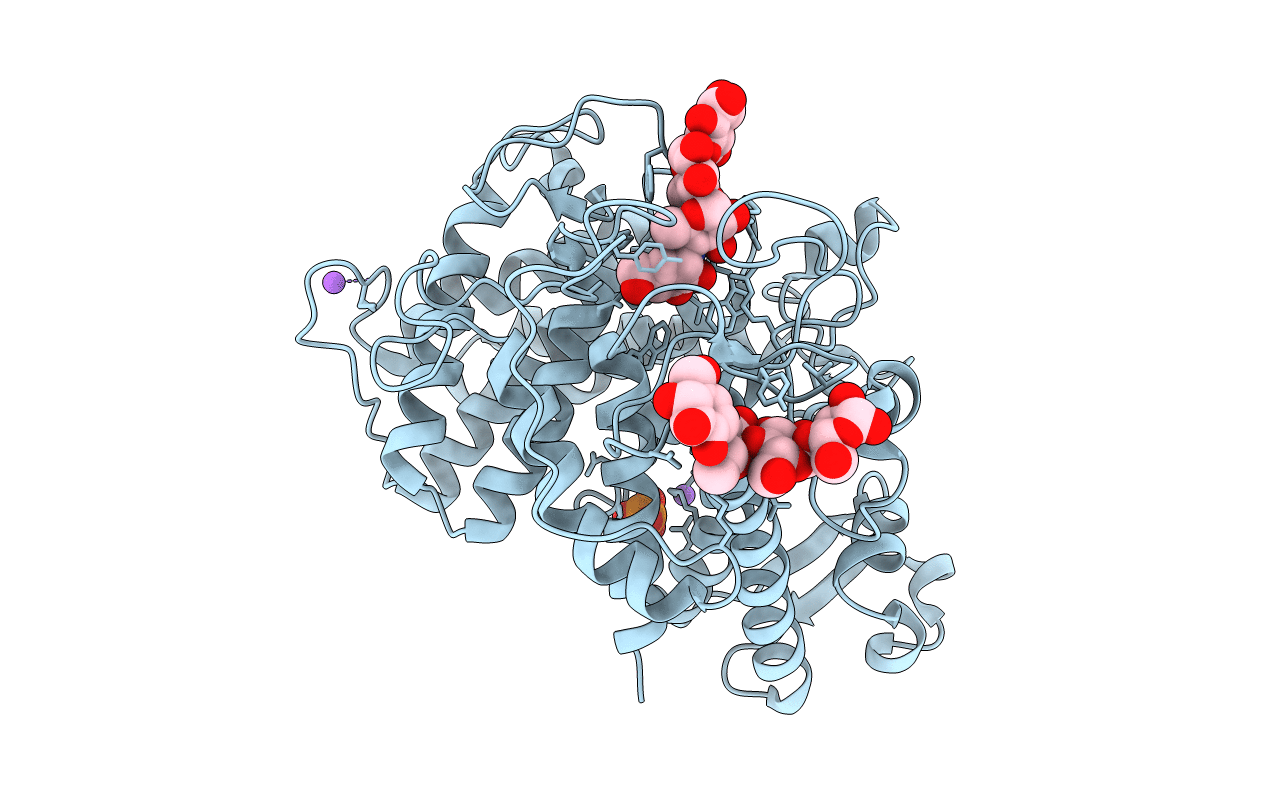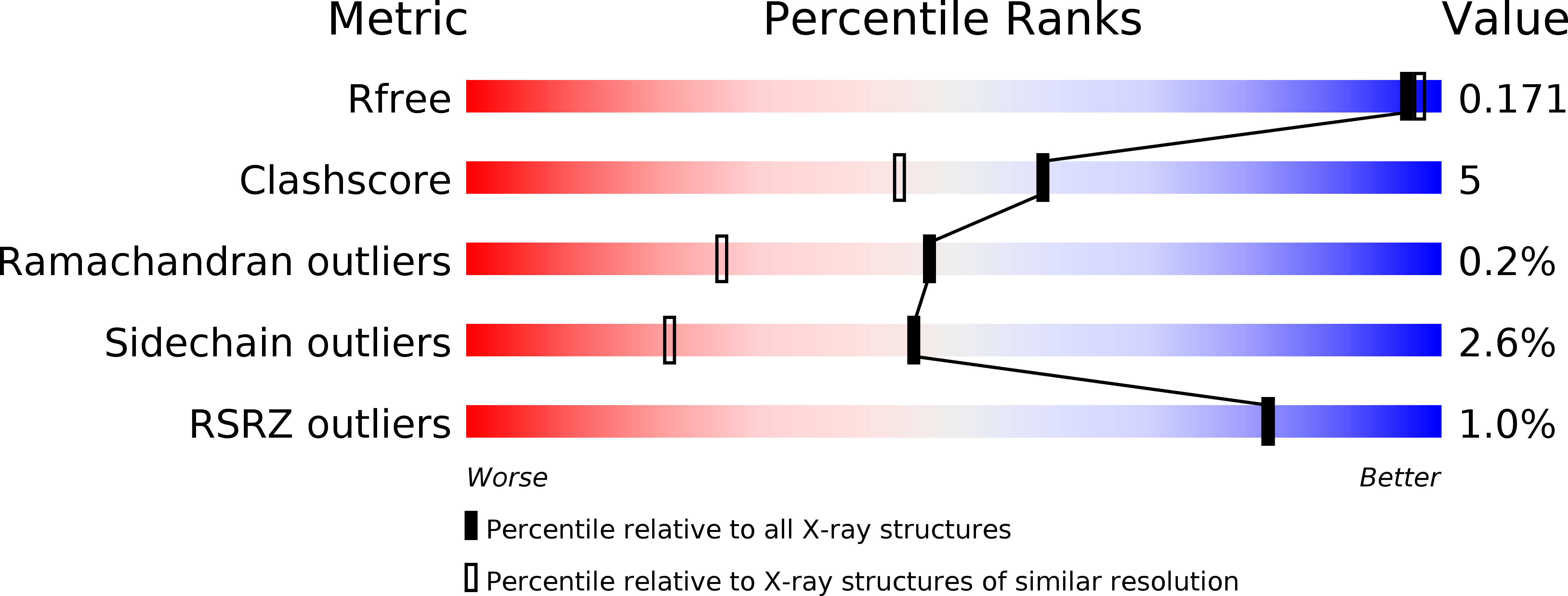
Deposition Date
2005-11-29
Release Date
2006-05-23
Last Version Date
2023-08-23
Entry Detail
PDB ID:
2F6D
Keywords:
Title:
Structure of the complex of a glucoamylase from Saccharomycopsis fibuligera with acarbose
Biological Source:
Source Organism:
Saccharomycopsis fibuligera (Taxon ID: 4944)
Host Organism:
Method Details:
Experimental Method:
Resolution:
1.60 Å
R-Value Free:
0.15
R-Value Work:
0.11
R-Value Observed:
0.11
Space Group:
P 21 21 21


